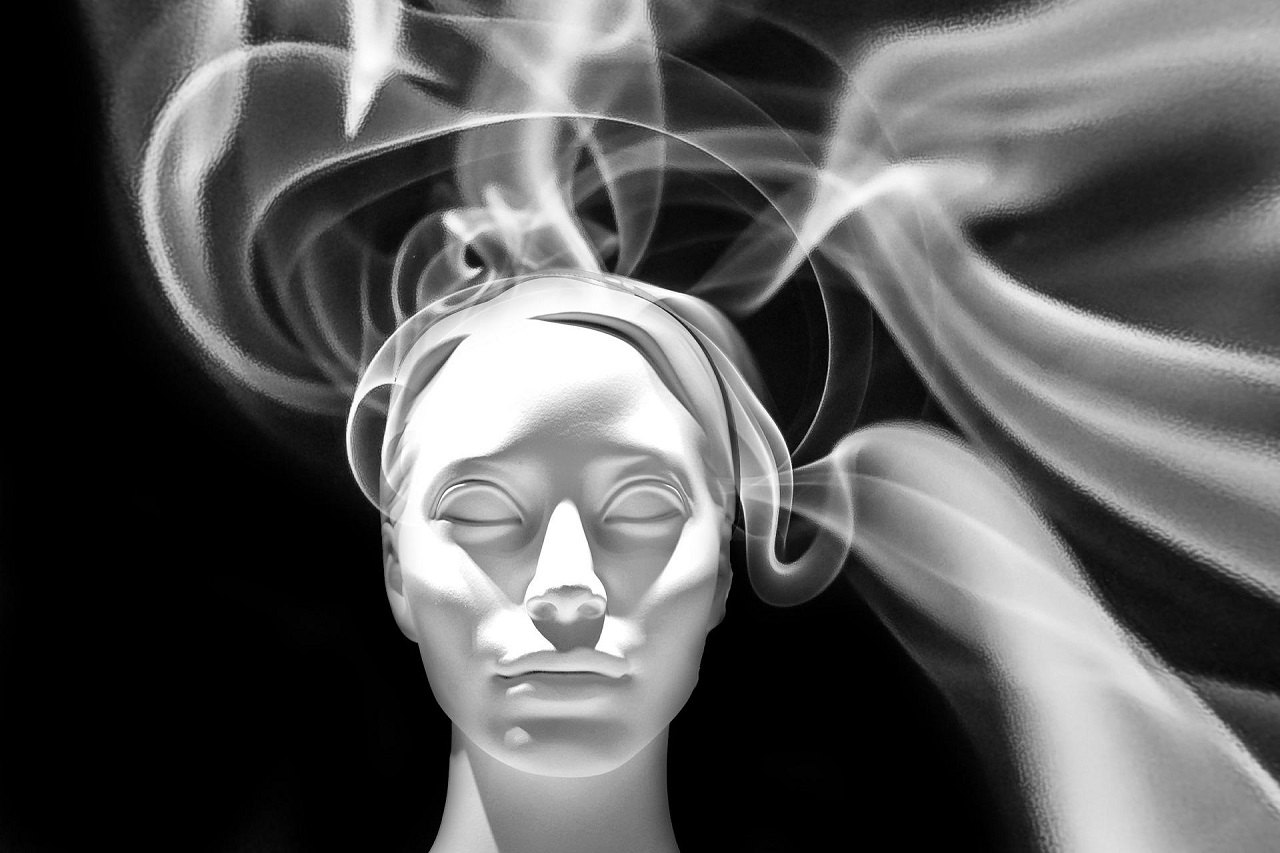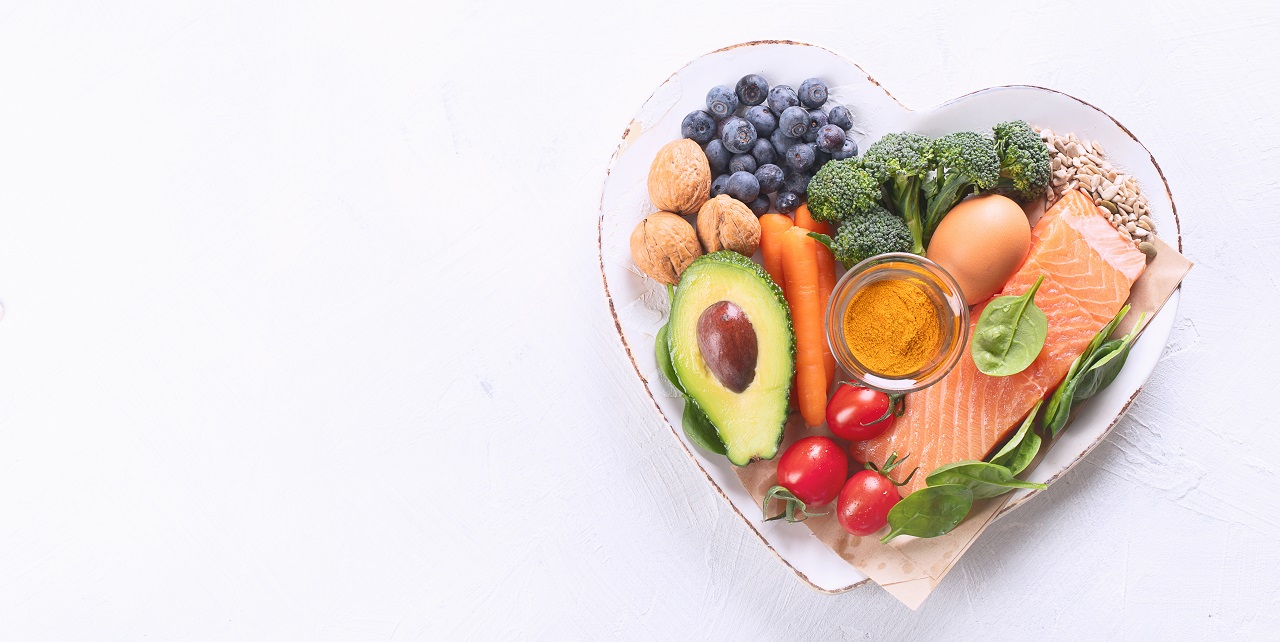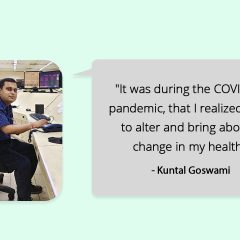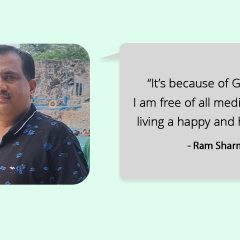 Schizophrenia is one of the most misunderstood mental disorders in our society. Hence, let’s start with what Schizophrenia is NOT:
Schizophrenia is one of the most misunderstood mental disorders in our society. Hence, let’s start with what Schizophrenia is NOT:
- It is not split personality or multiple personality disorder
- People dealing with schizophrenia are not “Mad”
- A vast majority of them are not violent and do not pose a threat to others
With that out of the way,
Let’s Understand What Schizophrenia Is:
It is a major psychotic illness that impacts thoughts, feelings and behavior of individuals. Schizophrenia is in fact, an umbrella like diagnosis used for categorizing a wide range of symptoms, all of which may or may not be experienced by people with this condition.
The experience of schizophrenia is unique to each person. It impacts about 1.1% of the world population i.e. about 51 million people worldwide and symptoms generally start showing up during adolescence or early adulthood.
The Symptoms Include:
- Social withdrawal: The person may avoid spending time with others and may prefer being alone.
- Loss of Interest & Enthusiasm: There may be reduced sense of enjoyment. Things and activities that used to interest them may no longer give them pleasure.
- Disorganized Thinking: Here, the individual switches from one track of thought to another abruptly and without warning. This may seem bizarre and illogical to the listener, and is one of the defining features of schizophrenia.
- Delusions: These are beliefs and impressions that seem disconnected with reality. For example, the person may believe that they are part of royalty or in a position of power with special abilities, or that people are plotting revenge against them, or that a catastrophe is about to occur, or that someone is in love with them.
- Hallucination: This refers to seeing or hearing things that don’t exist, but for the person experiencing it, it feels very real and vivid. While it could involve the sense of sight, hearing or smell, the most common hallucinations include hearing voices speaking, murmuring or whispering.
- Emotional Blunting: This refers to reduced expression of emotion on face, speech and bodily movements. It may appear that there is reduced interest and personal warmth in the individual dealing with schizophrenia.
- Cognitive problems: They may have difficulty focusing on any one thing for longer durations and may quickly lose interest when someone is speaking to them. They may forget to do routine things which most of us take for granted and the lack of attention could impact their performance at work, studies and other areas.
Like mentioned earlier, people dealing with Schizophrenia may experience some of the symptoms and may not experience others. Also, the frequency and severity of the symptoms varies from person to person. There may be psychotic episodes where the severity of the symptoms may be more and continue to be severe for the duration of the episode.
 The exact cause of schizophrenia has not yet been established. Studies indicate that a combination of genetics, environmental factors and brain chemistry contributes to the development of the disorder.
The exact cause of schizophrenia has not yet been established. Studies indicate that a combination of genetics, environmental factors and brain chemistry contributes to the development of the disorder.
Schizophrenia is a chronic disorder that requires life-long management, just like in the case of diabetes and blood pressure. While there is no known cure for it, with the right treatment, symptoms can be managed and the individual can lead an independent, productive and meaningful life.
Early diagnosis, the right treatment and adhering to the treatment plan, go a long way in helping people manage the symptoms and live a functional life. A psychiatrist is qualified to diagnose the disorder and treatment is generally a combination of medication and therapy. In many cases the impacted individual may not have the insight that the changes in their behavior are due to a disorder and the family may have to take the initiative to take them for a diagnosis and treatment.
However, the stereotypes about this disorder compounded by the stigma around mental illnesses, often prevent families from reaching out for help, thus aggravating the condition. The impact of the ignorance of this illness is obvious in the statistics which show that 1 out of 10 people who deal with schizophrenia commit suicide and 4 out of 10, at the least attempt suicide.
 Being aware of the diagnosis of schizophrenia can be deeply distressing for the individual and they require a supportive environment for recovery. Due to fear, ignorance or awkwardness, friends, family members and others, may be overcautious or insensitive to people who may be dealing with the disorder.
Being aware of the diagnosis of schizophrenia can be deeply distressing for the individual and they require a supportive environment for recovery. Due to fear, ignorance or awkwardness, friends, family members and others, may be overcautious or insensitive to people who may be dealing with the disorder.
If you have a colleague, friend or a known person who is dealing with the condition, educate yourself about the condition, talk to them, treat them normally and also let them know that you are there to help and support them. The illness can cause the individual to become socially withdrawn and isolated, hence it is important for them to have contact and connection with others.
Initiating conversations with the individuals dealing with schizophrenia, whether it is purely to discuss practicalities or for fostering a connection, is critical for them to be able to lead a normal life and overcome isolation.

 As humans, our senses (sight, sound, smell, touch, taste) are constantly sending information to our brain about our surroundings and about other people. This helps us to choose appropriate responses. And yet to cope with situations that feel uncomfortable or chaotic, each of us develop behaviours that help to calm us down, like fidgeting, biting nails or running our hand through the hair. In Autism Spectrum Disorder where the brain and its senses don’t communicate well, the brain can become overwhelmed and confused, impacting how the person sees the world. People in the spectrum may try to cope with a sensory overload like bright lights or loud sounds, smells or touch (which may feel normal to others, but extreme to them) by rocking themselves, flapping hands, swaying, spinning or doing a number of other things. These actions may seem unusual to others but it is just their way of trying to feel calm. When you see them this way, it means that they are having a hard time.
As humans, our senses (sight, sound, smell, touch, taste) are constantly sending information to our brain about our surroundings and about other people. This helps us to choose appropriate responses. And yet to cope with situations that feel uncomfortable or chaotic, each of us develop behaviours that help to calm us down, like fidgeting, biting nails or running our hand through the hair. In Autism Spectrum Disorder where the brain and its senses don’t communicate well, the brain can become overwhelmed and confused, impacting how the person sees the world. People in the spectrum may try to cope with a sensory overload like bright lights or loud sounds, smells or touch (which may feel normal to others, but extreme to them) by rocking themselves, flapping hands, swaying, spinning or doing a number of other things. These actions may seem unusual to others but it is just their way of trying to feel calm. When you see them this way, it means that they are having a hard time. On GOQii Arena, we share our food, activity, moments, posts, and other health-related daily routine activities. Many players use the Arena as a platform to showcase their healthy habits and inspire others to adopt similar behaviors. But have you ever wondered why sharing these healthy habits in the GOQii Arena can be so rewarding? In this article, we’ll explore the neurotransmitter impacts of sharing healthy behavior and how it can impact our health and well-being.
On GOQii Arena, we share our food, activity, moments, posts, and other health-related daily routine activities. Many players use the Arena as a platform to showcase their healthy habits and inspire others to adopt similar behaviors. But have you ever wondered why sharing these healthy habits in the GOQii Arena can be so rewarding? In this article, we’ll explore the neurotransmitter impacts of sharing healthy behavior and how it can impact our health and well-being.



